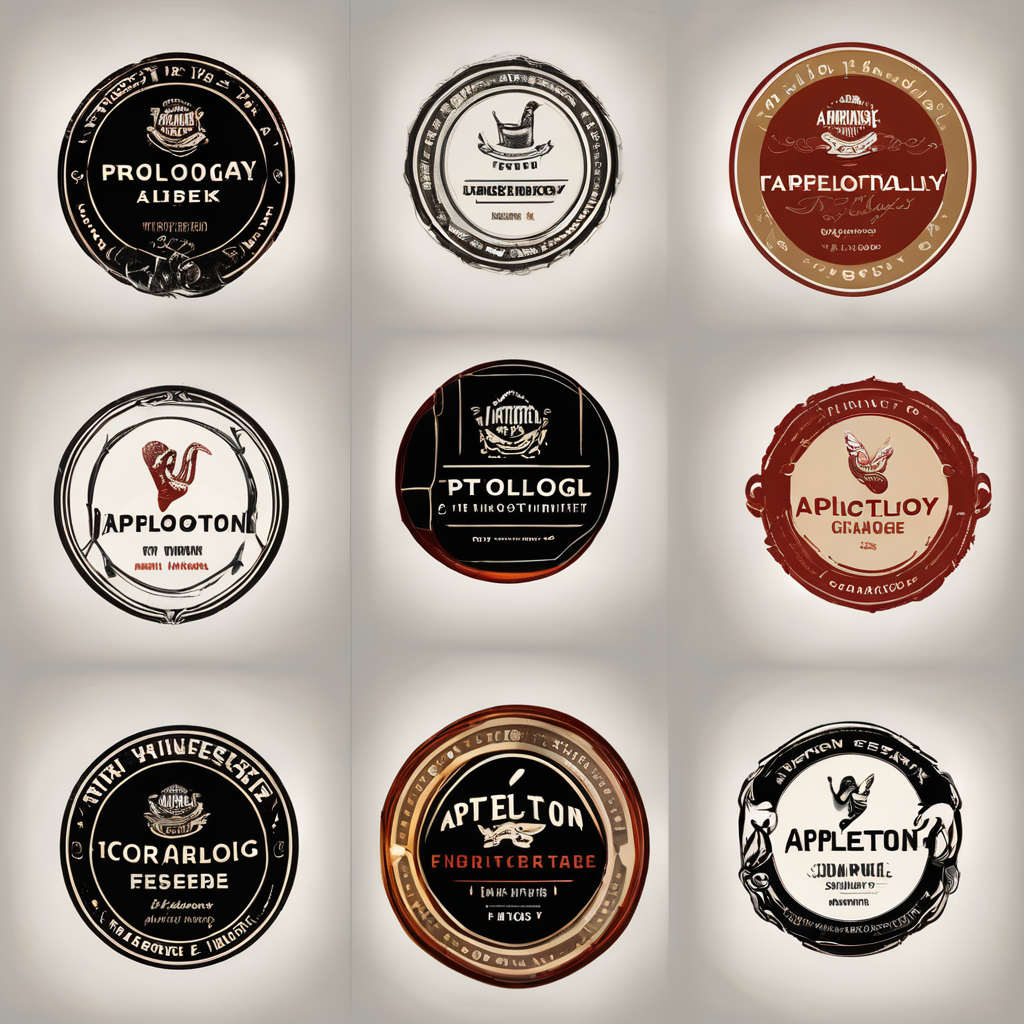The Impact of Modern UK Kitchen Design on Restaurant and Bar Experiences
Modern UK kitchen design profoundly shapes the day-to-day operations and overall success of restaurants and bars. A well-planned kitchen layout significantly improves staff workflow and efficiency by minimizing unnecessary movement, creating clear zones for preparation, cooking, and plating. When workflows are smoother, service speeds up, directly benefiting customer satisfaction.
In recent years, the trend toward open and visible kitchens has transformed how guests perceive hospitality venues. Seeing chefs at work fosters transparency and trust, enhancing the dining experience by connecting customers to the food’s preparation. This visibility also encourages higher kitchen standards, as staff know they are in the guest’s view.
Also read : How Can You Transform Your Home Kitchen Into a Restaurant-Style Experience?
Another critical facet of kitchen impact is the balance between aesthetics and functionality. Thoughtful design integrates ergonomic equipment and attractive finishes, ensuring the kitchen supports staff wellbeing while contributing to the restaurant’s overall ambiance. Combining practical layouts with stylish design helps create a welcoming atmosphere that encourages repeat visits, proving that a kitchen’s influence extends far beyond pure utility.
Key Trends in UK Kitchen Design for the Hospitality Sector
Modern kitchen design trends UK increasingly focus on creating open, interactive spaces that blur the lines between kitchen and dining areas. This shift supports greater customer engagement by allowing guests to observe cooking processes firsthand. The hospitality kitchen innovations emphasize ergonomic workstations, which reduce fatigue and injury risk among staff, boosting overall productivity and wellbeing.
Also to see : How Can You Transform Your Home into a British-Style Kitchen, Restaurant, and Bar?
Sustainability is another major influence driving restaurant design UK trends. Energy-efficient appliances, LED lighting, and eco-conscious materials are now standard, helping venues reduce operational costs and environmental impact. These advancements align with growing consumer demand for greener, socially responsible dining experiences.
Implementing such trends requires careful planning to balance functionality with aesthetics. Well-designed kitchens incorporate workflow-friendly layouts ensuring staff move effortlessly between stations, while durable, easy-to-clean surfaces maintain hygiene standards without compromising style. As the hospitality sector adapts, adopting these kitchen design trends UK not only enhances efficiency but also creates inviting atmospheres that leave lasting impressions on guests.
The Impact of Modern UK Kitchen Design on Restaurant and Bar Experiences
A thoughtfully planned UK kitchen design plays a pivotal role in enhancing staff workflow and overall efficiency. By optimizing the kitchen layout, restaurants minimize unnecessary movement, allowing chefs and support staff to operate seamlessly across designated zones for prep, cooking, and plating. This reduction in wasted motion accelerates order turnaround and reduces fatigue, directly benefitting both staff wellbeing and service speed.
The rise of open and visible kitchens profoundly shifts customer perceptions. Seeing the preparation process builds transparency and trust, transforming dining into an immersive experience. Guests often perceive greater freshness and quality when chefs’ skills are on display, which positively influences their satisfaction and willingness to return.
Balancing aesthetics with practical functionality is a hallmark of modern restaurant kitchen trends. Ergonomic equipment, durable surfaces, and stylish finishes merge to support staff comfort without sacrificing visual appeal. This integration of beauty and utility not only elevates kitchen efficiency but also enhances the venue’s atmosphere, creating a memorable environment where both staff and customers thrive.
The Impact of Modern UK Kitchen Design on Restaurant and Bar Experiences
A well-considered UK kitchen design transforms staff workflow by creating clear, efficient zones that minimize unnecessary movement. This streamlined layout improves kitchen impact by enabling teams to focus on their tasks without delay, enhancing overall service speed and reducing fatigue. In restaurant kitchen trends, zoning for preparation, cooking, and plating is key to optimizing daily operations.
Visible kitchens play a crucial role in shaping customer perception. Open and transparent designs allow guests to observe culinary expertise directly, building trust and elevating their dining experience. This openness fosters a connection between patrons and chefs, enhancing perceived quality and freshness—a central feature in modern restaurant kitchen trends.
Balancing aesthetics with function is another vital element. Employing ergonomic equipment alongside stylish finishes ensures staff comfort without compromising design appeal. This integration of utility and visual allure fuels positive guest experiences and supports staff wellbeing. Overall, the kitchen impact extends beyond utility; it actively shapes atmosphere and satisfaction in UK hospitality venues.
The Impact of Modern UK Kitchen Design on Restaurant and Bar Experiences
A well-crafted UK kitchen design directly shapes staff workflow by introducing efficient zoning that separates prep, cooking, and plating areas. This zoning reduces cross-traffic and limits unnecessary steps, which boosts team productivity and lowers fatigue. Such layouts in restaurant kitchen trends are instrumental for smooth service during peak hours, allowing kitchens to maintain a brisk pace without compromising quality.
Open and visible kitchens have revolutionized customer perception by fostering transparency. When guests see chefs working in real time, it builds confidence in food safety and skill, enhancing the overall dining experience. This visible engagement transforms cooking into a performance, making the kitchen impact an integral part of the atmosphere and encouraging repeat visits.
Balancing aesthetic appeal with functional necessities remains essential. Merging ergonomic equipment with stylish finishes supports staff wellbeing and upholds hygiene standards, while enhancing visual interest. This thoughtful integration ensures kitchens are not only operationally efficient but also contribute positively to the venue’s identity and guest satisfaction. Collectively, these elements underline how modern UK kitchen design is pivotal in shaping the success of restaurants and bars.
